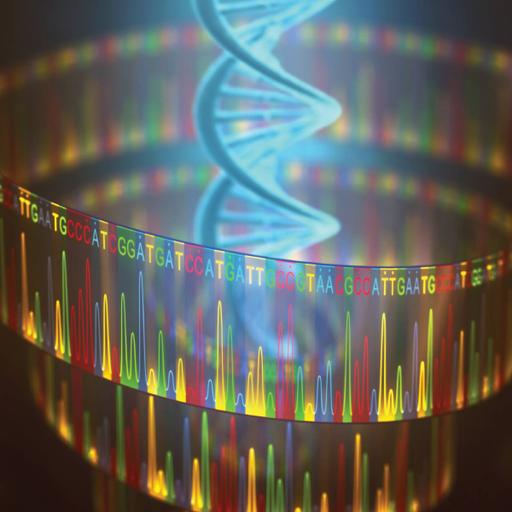DNA Replication
Presentations | English
While cell division takes place, the formed daughter cell have an identical copy of DNA as the mother cell. This is happened by replication process. DNA replication occurs in the S phase (Synthesis phase) of a cell cycle, that is before the cell undergoes mitosis or meiosis. In eukaryotes, the process is complicated with different enzyme involvement. There are mainly three stages in replication, they are initiation, elongation and termination. Before replication, the DNA molecules uncoil with the help of helicase enzyme which breaks the hydrogen bonds between the complimentary bases ( A with T and C with G). The separated 'Y' shaped strands is called replication fork. The separated strands act as a template for new DNA. The result of the process two DNA molecules, one new and other old chain of nucleotides. That is why, its semi conservative because one half of the chain is original, while other half is brand new. The new DNA winds up to double helix structure after replication. The topic is explained in detail. Have a look into the PowerPoint presentation.

27.25
Lumens
PPTX (109 Slides)
DNA Replication
Presentations | English
